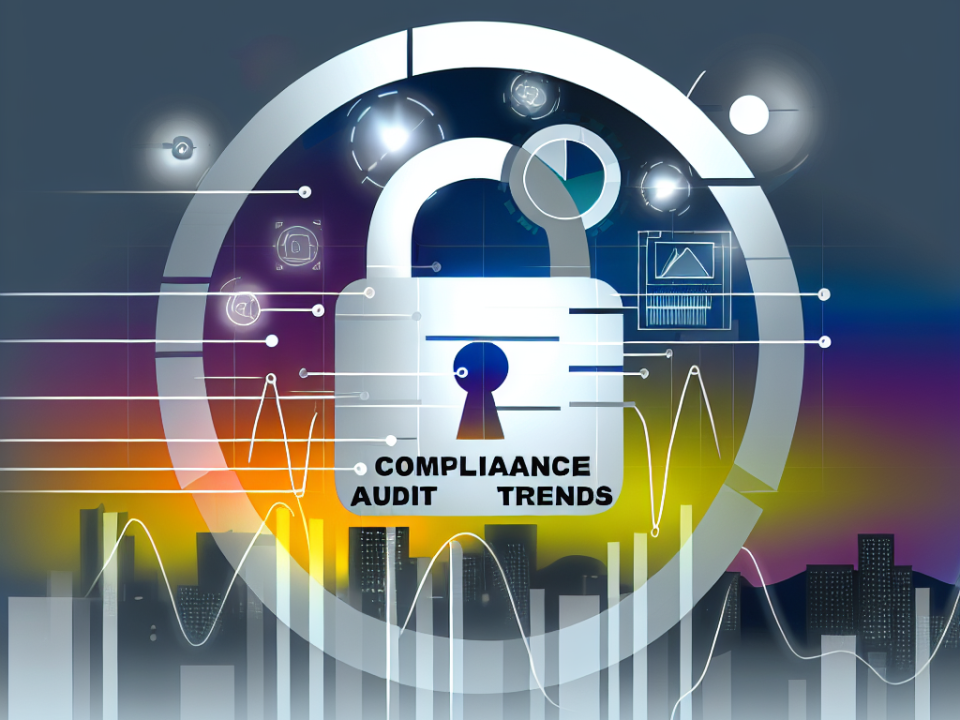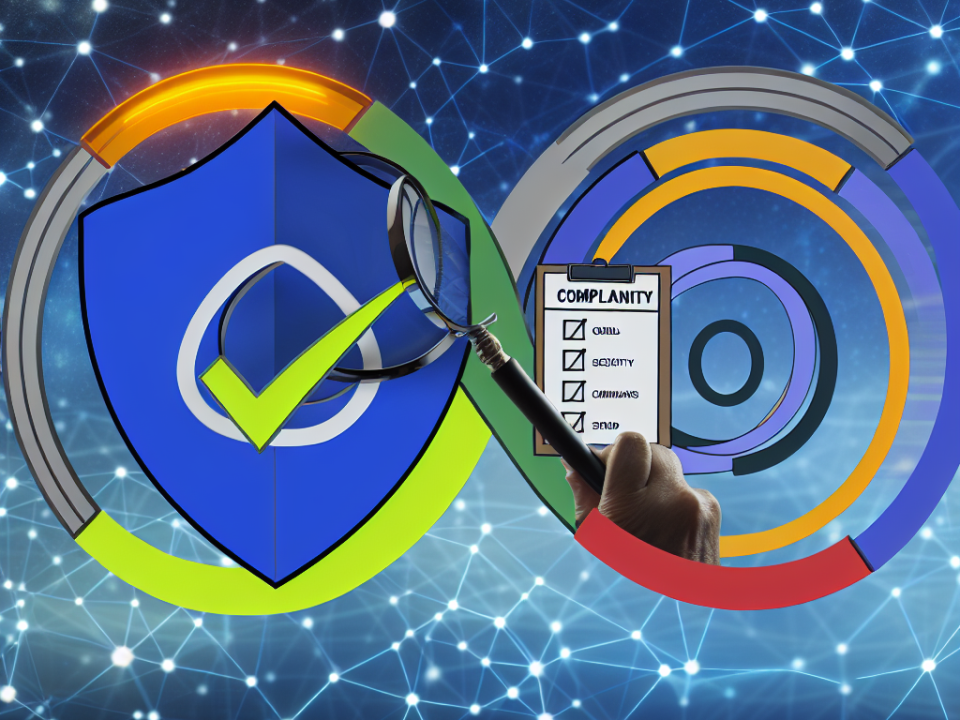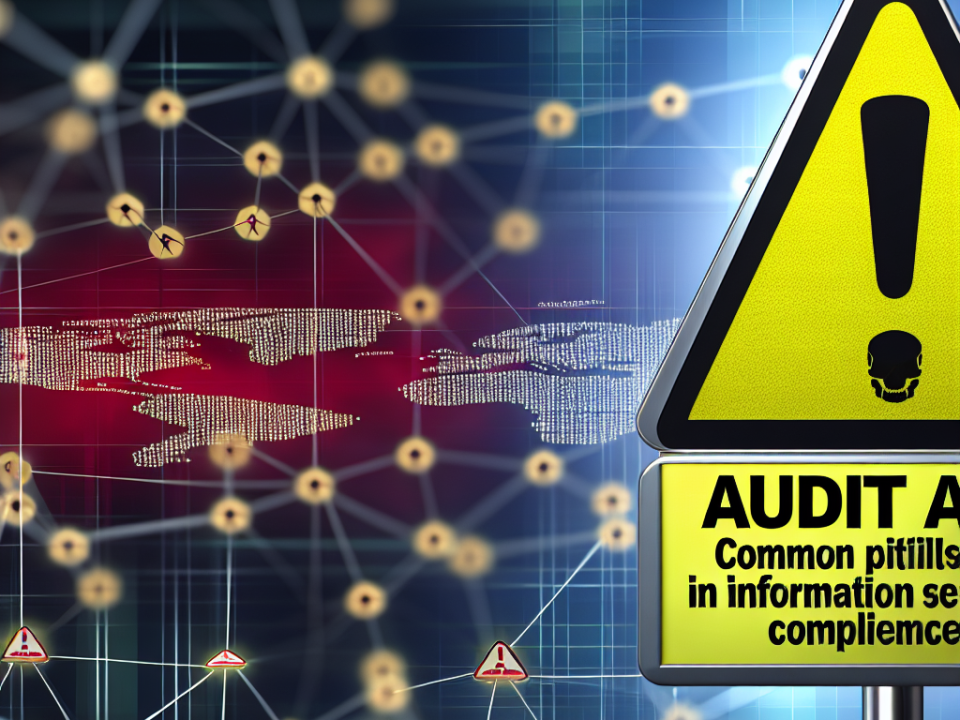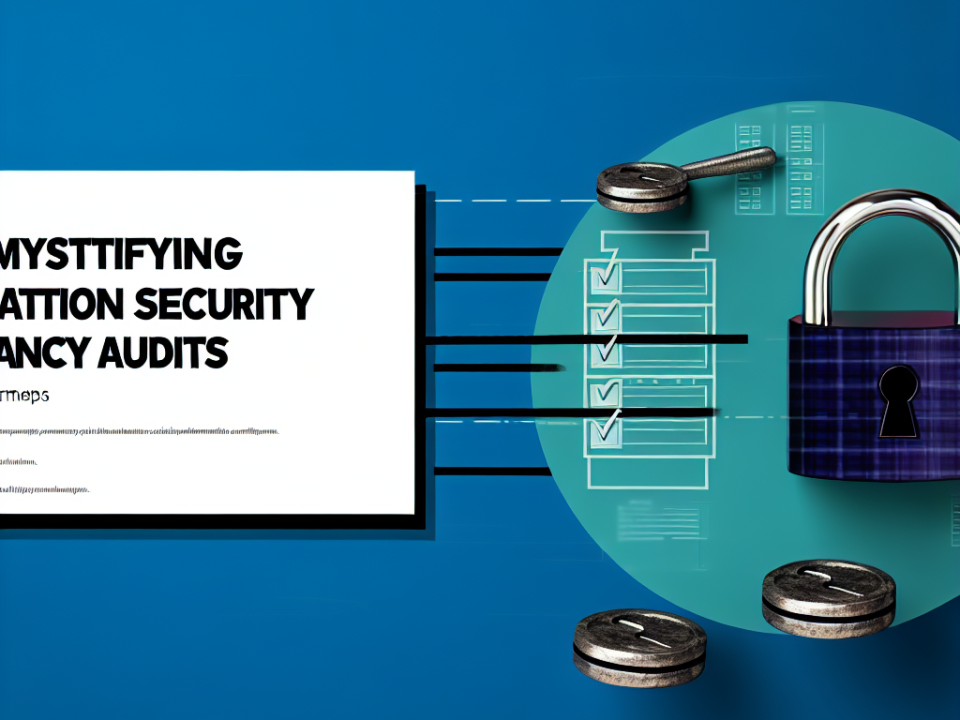
Stay Ahead of Threats: Essential Cybersecurity Compliance Checklist for 2023
July 15, 2025
Your Roadmap to Cybersecurity: How to Build an Effective Compliance Checklist
July 16, 2025
In the digital age, the volume of sensitive data generated and processed by organizations is immense. From customer information to proprietary business data, safeguarding this information is not just a business necessity but a regulatory obligation. Failing to protect sensitive data can lead to hefty fines, reputational damage, and loss of customer trust. This article outlines essential compliance requirements that organizations need to incorporate into their data security strategies.
1. Understanding Sensitive Data
Sensitive data, often referred to as personal or protected information, includes everything from personally identifiable information (PII) and protected health information (PHI) to financial data and intellectual property. Organizations must identify what constitutes sensitive data within their context to implement appropriate security measures.
2. Regulatory Landscape: Key Compliance Frameworks
a. General Data Protection Regulation (GDPR)
For organizations operating in the European Union or dealing with EU citizens, GDPR sets stringent guidelines on data protection and privacy. Key requirements include:
- Data Subject Rights: Individuals have rights to access, rectify, and erase their personal data.
- Data Protection Impact Assessments (DPIAs): Organizations must assess risks associated with processing personal data.
- Breach Notification: Organizations must notify authorities within 72 hours of a data breach.
b. Health Insurance Portability and Accountability Act (HIPAA)
For healthcare-related organizations in the U.S., HIPAA outlines stringent requirements for protecting PHI. Essential components include:
- Administrative, Physical, and Technical Safeguards: HIPAA mandates protecting records in electronic and physical formats.
- Breach Notification Rules: Entities must inform affected individuals and the Department of Health and Human Services (HHS) in the event of a breach.
c. Payment Card Industry Data Security Standard (PCI DSS)
For organizations dealing with credit card transactions, PCI DSS requires:
- Network Security: Protect cardholder data through secure networks and systems.
- Access Control Measures: Restrict access to cardholder data based on a “need-to-know” basis.
- Monitoring and Testing Networks: Regularly test security systems and processes.
d. California Consumer Privacy Act (CCPA)
The CCPA provides California residents with rights over their personal data. Businesses must comply with mandates such as:
- Data Access and Deletion Rights: Consumers can request details about the personal data collected and request its deletion.
- Opt-Out Provisions: Consumers should have the choice to opt out of data sales.
3. Risk Assessment and Management
An effective compliance strategy begins with a thorough risk assessment. Organizations need to identify potential vulnerabilities in their systems and the data they handle. Regular audits should be conducted to ensure compliance with regulatory requirements and internal policies.
a. Data Classification
Data classification involves categorizing data based on its sensitivity and the impact of its potential exposure. This classification helps in determining appropriate security measures, retention policies, and access controls.
b. Ongoing Training and Awareness
Employees are often the weakest link in data security. Ongoing training about data privacy, security best practices, and the importance of compliance is crucial in minimizing risks associated with human error.
4. Data Protection Measures
a. Encryption
Encryption protects sensitive data both at rest and in transit. By scrambling data so that it is unreadable without the decryption key, organizations can ensure that even if data is intercepted or accessed unlawfully, it remains protected.
b. Access Controls
Implementing strict access controls ensures that only authorized personnel can access sensitive data. Role-based access control (RBAC) systems can help enforce this principle, limiting access according to job responsibilities.
c. Incident Response Planning
Having a well-defined incident response plan is critical. In the event of a data breach, an organization should have protocols in place to contain the breach, eradicate vulnerabilities, and communicate effectively with stakeholders.
5. Third-Party Risk Management
Organizations often collaborate with third-party vendors. It’s essential to assess these partnerships for compliance and security. Due diligence should include reviewing the vendor’s data protection policies, conducting audits, and incorporating GDPR or CCPA provisions into contracts where necessary.
Conclusion
As regulatory landscapes evolve, the focus on securing sensitive data will only intensify. Organizations that prioritize compliance not only mitigate risks but also build trust with their customers. By understanding the compliance requirements pertinent to their industry, conducting regular risk assessments, and implementing robust data protection measures, organizations can safeguard sensitive data effectively. Investing in compliance is not just a regulatory requirement—it is a strategic imperative that fosters long-term success.







